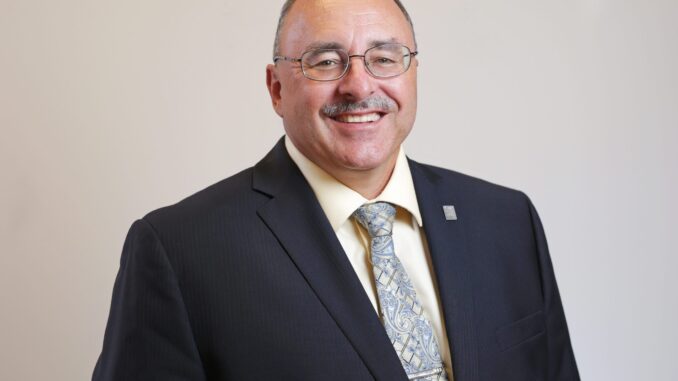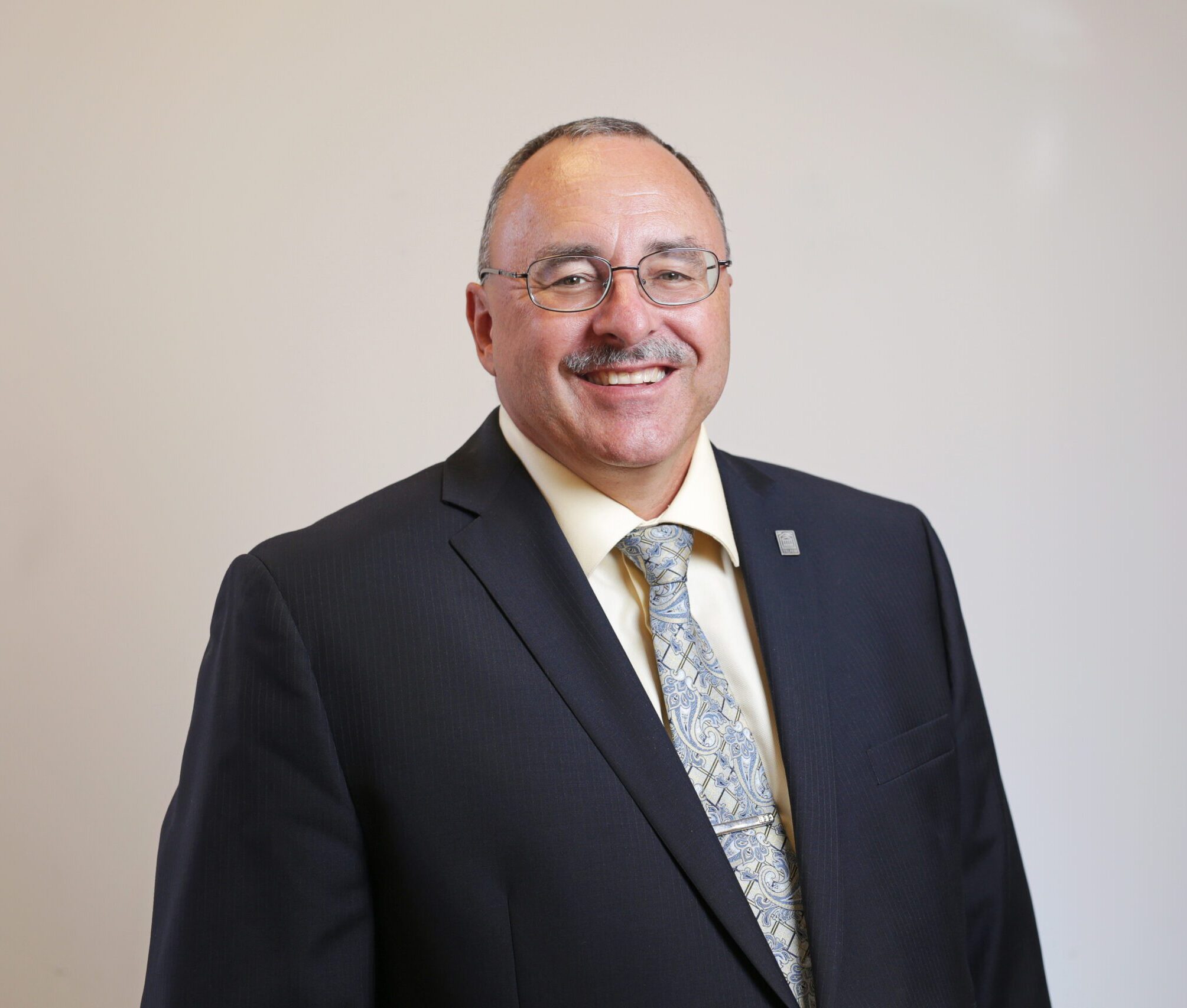
More than a sleepy bureaucratic town, Ottawa is shaping up to be a vibrant life sciences research hub

By Sylvain Charbonneau
Ottawa has a reputation for being a sleepy bureaucratic town, but nothing could be further from the truth. Our National Capital Region is actually home to a thriving life sciences ecosystem, and the University of Ottawa is determined to build on it.
Our city’s health sciences ecosystem, which is too often overlooked, represents over 6,000 people employed in more than 140 companies in the life and health sciences, including the biotech-pharma, digital health and medtech sectors. Ottawa’s postsecondary institutions and hospital affiliated research institutes employ over 6,500 researchers and clinicians, attracting over $380M in research funding each year. Altogether, the economic impact of the health sector is over $2B annually.
As anyone who has visited an emergency room knows – and as the Canadian Association of Emergency Physicians recently made clear to the deputy ministers of health – Canada needs more “innovative, integrated and effective approaches to health-care delivery.” [1]
The University of Ottawa’s life sciences research community is ready to meet that challenge.
Already, the university is among the top five research-intensive schools in the country. Our Faculty of Medicine ranks among the top three nationally for research intensity, and Ottawa is the fourth largest hub for clinical trials in Canada.
Last September, the University of Ottawa marked the official opening of its new life sciences complex, a home for the Faculty of Health Sciences. The $130-million smart facility, with its cutting-edge laboratories and experiential simulation centres, will support life-changing discovery and smarter, more collaborative care.
In the coming months, the university will break ground on the Advanced Medical Research Centre (AMRC), considered the largest single investment in the university’s history. This state-of-the-art facility will attract and retain the best and brightest leaders in biomedical research and support their spinoff companies.
The AMRC will anchor the Brain-Heart Interconnectome (BHI) and the Canadian Pandemic Preparedness Hub (CP2H), two major pan-Canadian research initiatives. Last spring, the federal government recognized uOttawa’s commitment to biomedical research by investing $109 million in the BHI. This research project explores the intimate connections between the heart and the brain, helping researchers discover how conditions like heart failure and memory loss are intertwined, but treatable. That’s one more way we’re breaking down those silos.
The AMRC will also house the Ottawa Health Innovation Hub, which will facilitate access to venture capital, incubate entrepreneurs and accelerate commercialization to better patient care.
These major investments demonstrate uOttawa’s fierce commitment to advancing research and innovation in the life sciences. As we build momentum for this new era of life sciences research in Ottawa, we invite private and public partners to join us in our commitment to research excellence that saves lives.
Sylvain Charbonneau is the Vice-President, Research and Innovation, at the University of Ottawa
[1] Canadian Association of Emergency Physicians, Addressing the Crisis in Canadian Emergency Departments

The University of Ottawa is a Sponsor of the Parliamentary Health Research Caucus Morning Panel and Luncheon, Breakthrough Stem Cell Research & the Power of Regenerative Medicine. Visit rc-rc.ca to learn more.
